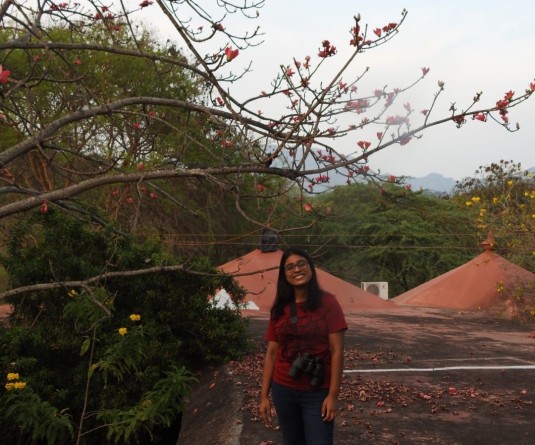
After the recent declaration of results so much have been written and talked about the results and admission in schools and colleges of Nagaland. Therefore, I too feel obliged to share my personal opinion and observation. Talking about good and bad results, we need to analyze the reality of the situation. Well, since we often compare and contrast the results of private and Govt. or the so called “good ‘and “bad’ institutions, we too need to take into account the various reasons or factors behind every consequence/outcome. A committed Govt. teacher, who is also a friend of mine, when asked about why Govt. institutions are not doing well (poor results?), bluntly replied, “We don’t get bright students in Govt. institutions”. Though there may be some bright ones being taught by some unqualified teachers, I too felt it is also one of the main factors.
Therefore, have we also ever pondered upon the admission policy of various institutions? When we consider the admission policy of the so called reputed institutions (schools and colleges), 3rd Divisioners are not even given a chance to sit for the entrance test, let alone getting admission. Even their own students are not given admission for the next class. The recent case of a Don Bosco school, Dimapur, a regular student who was denied admission into class 11 just because of her 3rd Division is a case in point among so many other such cases (Sungjeminla, Nagaland Post, dated 16/05/06). However, such so called reputed institutions are being honoured and glorified by the Nagas when it comes to results. Though there is every reason to honour such institutions, it is in fact, a case of “genuine materials producing genuine goods”.
Therefore, where will the 3rd Div. or poor students go if none of the institutions take them? Therefore, definitely, such students would go to institutions (both Govt. and private) having an open arm admission policy (some call it dustbin institutions).In fact, one should congratulate and appreciate such institutions who takes in even the poor students but comparatively produce good results.
When overcrowding of classroom is also a factor for poor results as mentioned by Kevirüya (Eastern Mirror, dated 22/05/06), students too demand for admission into already overcrowded classes (K.A.Jacob, Nagaland Post, dated 20/05/06). Therefore, what shall we do? Dividing into sections and increasing the intake capacity alone can not solve the problem. How about the teachers being overburdened specially in private institutions? Because dividing into sections would mean increasing the number of classes/periods in a day for a teacher. As such, another issue would crop up which again will become another factor/reason for poor results because teachers can not do justice to the students due to the fact that humans too have its own limitation of energy to work. Therefore, at the end, who is to be blamed or who is going to be responsible for the poor results? Let us all put our heads together and think it rationally and bring out a practical and reasonable solution for the welfare of everyone that includes, proprietors (or Govt.), students, teachers, administrators and parents alike. It is my humble expec- tation that this write up would be taken as a constructive suggestion (criticism?) to be considered for a just Naga society.
M Temjen Longkumer
Lecturer, Alder College Kohima.





